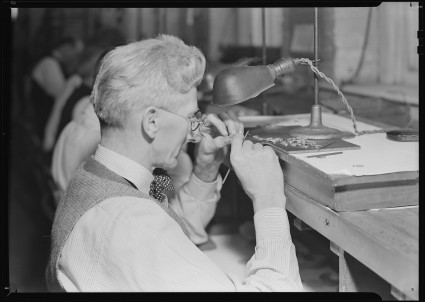One of the top factors in consumers’ purchase decisions now is the customer review. Reviews drive purchases. CPG companies can increase the number of reviews they get by sending out samples and asking for reviews. But it’s not as simple as it sounds.
It’s not hard to find people who want free stuff. Folks will stand in line for an hour just to get a free coaster or a hat. What’s difficult is finding people who can articulate why the hat is a good hat or a bad hat and whether or not it’s worth waiting in line for.
Reviewers are a dime a dozen, but a good review is hard to find. If you are selling a product, you want good reviewers who can give a helpful and accurate representation of your product. Activating reviewers isn’t as simple as standing on the corner, giving out freebies, and hoping for the best. There’s a whole process involved in finding good reviewers.
Reviews are often infuriatingly useless. Let’s say you want to buy some granola online. So you read some reviews to get a better idea of the product. It’s common to stumble across a review that rings something like, “It’s not candy. I hate it. ZERO STARZZ!!!”. It goes without saying that this is not a useful review for granola, but it works both ways. “Totes gr8. Bye mo for sho.” is equally useless. What makes it totes gr8, and why will you be bye-ing mo?
The reason that you need good reviews on a product is to accommodate for the challenges of online shopping. Sure, it’s more convenient to buy online, but your shoppers don’t get to have the same hands on experience that they do in a brick and mortar store, and they don’t have access to a sales person who has knowledge of and experience with a product.
So how do you find good reviewers?
First, you need to know where to look. Review blogs are a great place to start. Online retailers that allow customers to post reviews can another good pool for finding reviewers. Amazon is, of course, the most obvious choice, but depending on the product, you might have more options.
Once you find potential reviewers, you have to go through a screening process. Don’t just wrangle up all of the five star reviewers and ask them to do the same for you. Read through the review to determine whether or not the person writes well, but also has something useful to say about a product. Basically, a good review should sway your purchasing decision.
Remember, too, that readers find a review more convincing when it includes both positive and negative points and is generally more thoughtful than “Loved it!”. Seek out reviewers who get into the details, and who sound like your target market.
This screening process might sound tedious, but you have to think of your customers. Sure, there are some customers who buy a product based purely on the number of stars it has; however, bright and shiny stars aren’t enough to convince everyone. A conscious consumer wants to know about something before they buy it, and they don’t want to sift through useless review after useless review. They might end up getting frustrated before they have their answer and move on to the next product that makes it easier to find what they need to know.
After you’ve assembled your group of reviewers, you need to contact them. Write a friendly and personable email, clearly explaining your request and making it easy for them to respond. Basically, you want to let them know that their time is worth your time. You shouldn’t blast out a mass email that sounds like it was written by a machine.
Sometimes it can be challenging to get responses. Maybe some people don’t want your product, or the email you sent ends up in the spam folder, or the person you tried to reach is a curmudgeon. Whatever the reason, you might have to put a little extra work into finding reviewers. You can’t expect 100% response or even 50% response.
It’s important to establish good communication. Establishing a connection with the reviewer ultimately gives them a better experience with a product, which will help them write a better review. They also feel a little tug of reciprocity when they feel like they know you, which increases the chances that they’ll actually write that review instead of putting it off.
Make it clear that you are available to them for questions. If someone is using a product wrong, let’s say glove liners as gloves, their hands will get cold and they are going to have a bad product experience. If they can come to you with questions, you can help them to have a better understanding of a product.
Activating reviewers isn’t necessarily hard, but it does take some time and effort. However, it is an important part of web marketing, and is worth the work that you put in to it.
If this doesn’t sound like a good use of your time, don’t hesitate to call on us.


Leave a Reply